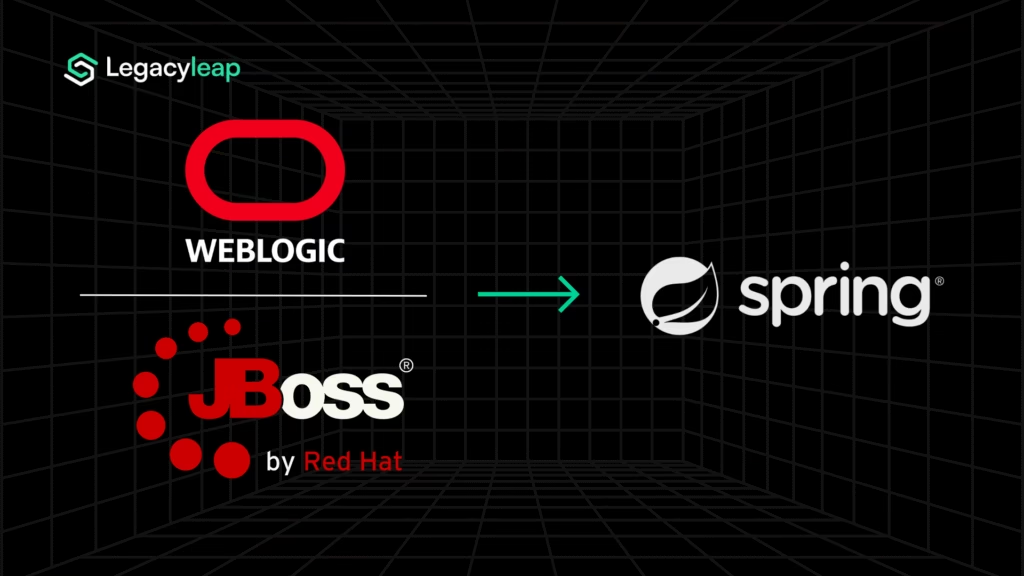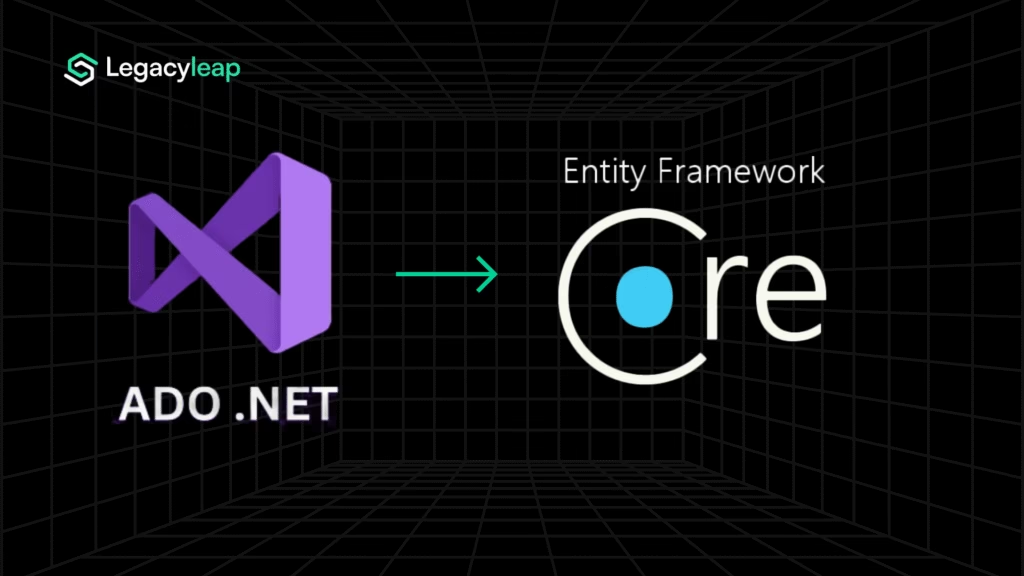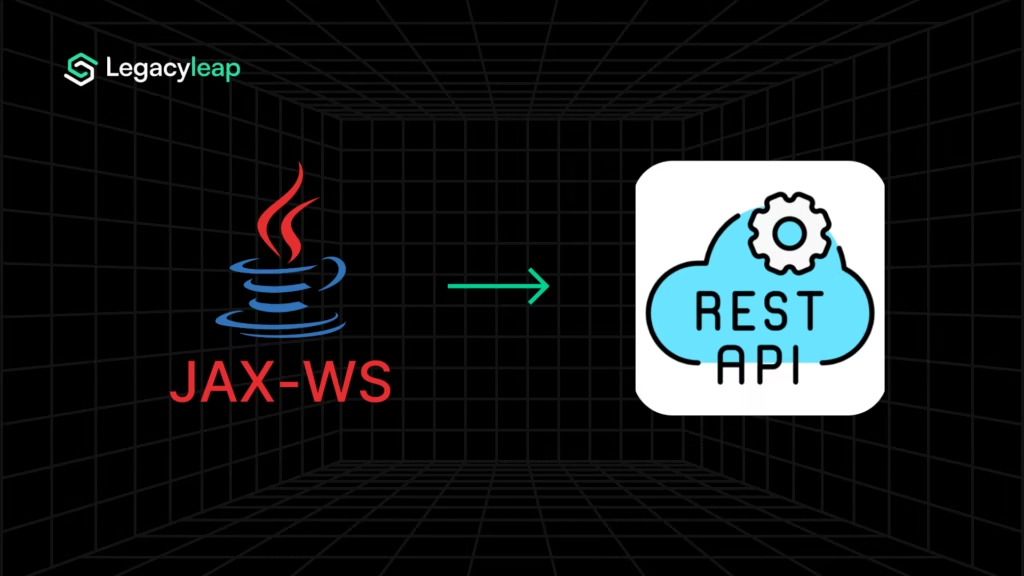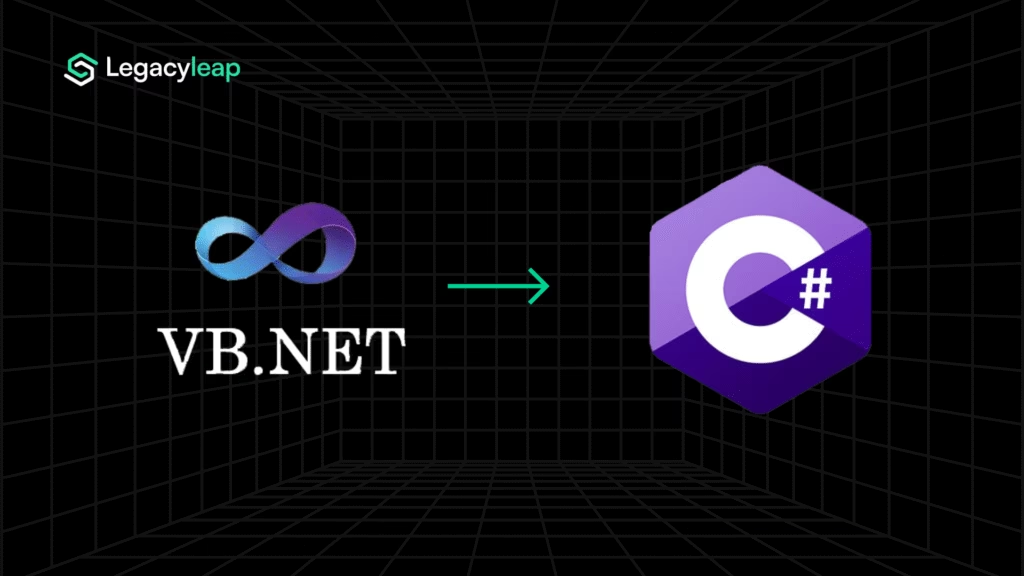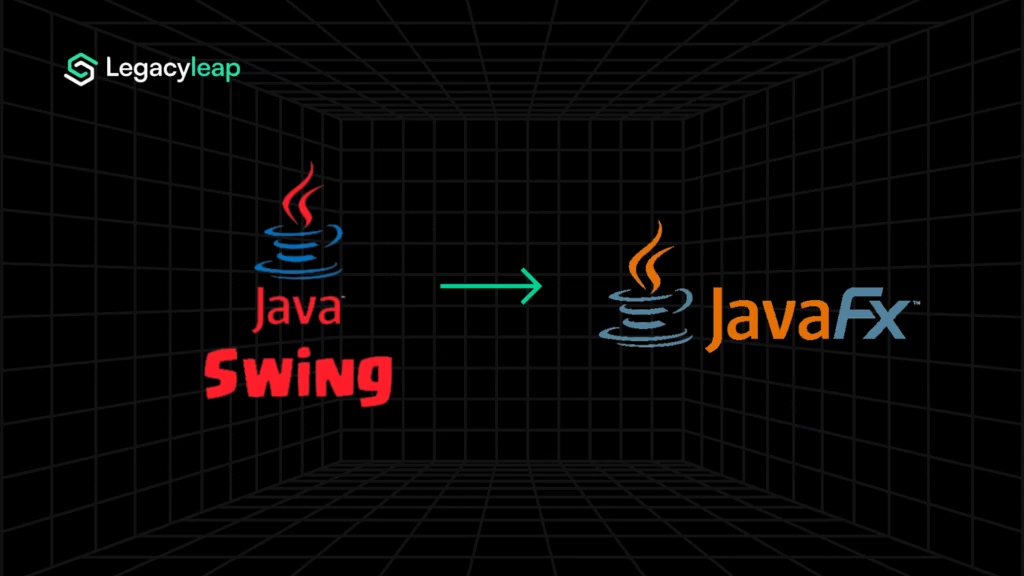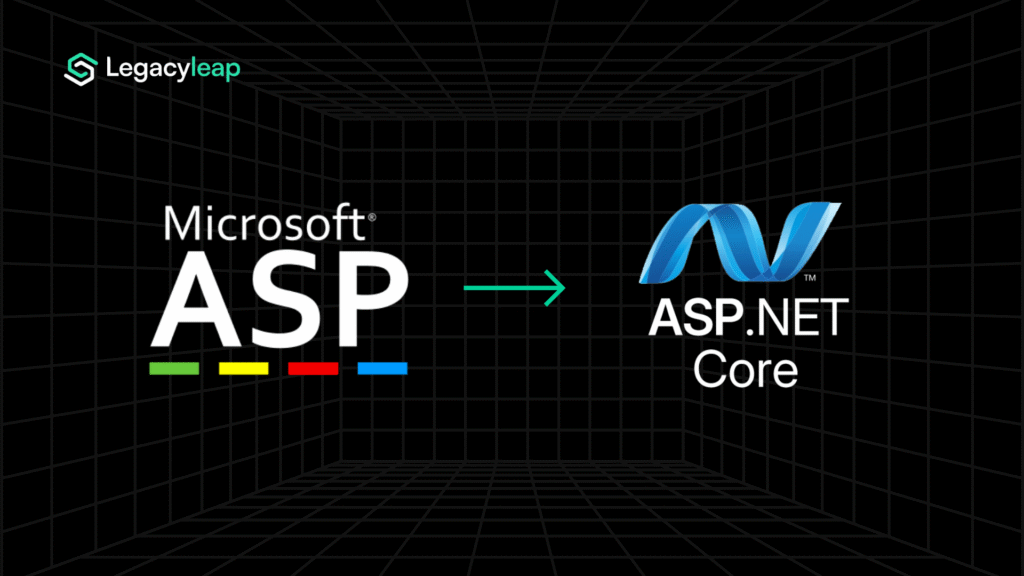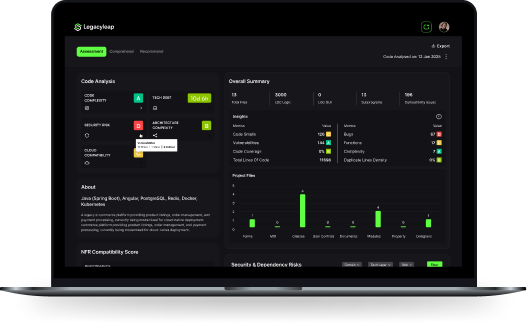Introduction: The Real Modernization Problem Is Inertia
For decades, enterprises have had pressing reasons to modernize, but they’ve stayed cautious. Rightfully so. Most previous attempts were long, costly, high-risk endeavors with underwhelming results. Leaders burned by past failures settled into a resigned rhythm of delay, gradually building layers of technical debt that now choke innovation.
The real challenge hasn’t been a lack of will but the nature of the systems themselves. These applications, built 15 to 20 years ago, come with no documentation, outdated architectures, and zero institutional knowledge.
The original teams are long gone. Today, these systems are unproductive to maintain, risky to touch, and impossible to extend. Nobody wants to go near them. Even the talent pool avoids working on “old tech stacks.”
The result is stagnation, not because the need isn’t urgent, but because the path felt impractical.
And it shows. In sectors like healthcare, it’s not uncommon to find critical systems that still rely on faxes purely because the stack doesn’t support anything else!
Why Modernization Felt Impossible Until Now
The traditional barriers to modernization were real: massive effort, brittle systems, no source context, and an overwhelming risk of disruption. Even identifying what each application actually did required reverse engineering from scratch.
So instead of modernizing, teams worked around the old systems—patching, replatforming, rebuilding interfaces—doing everything except fixing the foundation.
But that foundational equation has changed. Gen AI, paired with intelligent automation, has unlocked a fundamentally new model.
Today, purpose-built platforms like Legacyleap can ingest source code, reconstruct context, generate documentation, map architecture, and even auto-transform large portions of the application—all with accuracy, speed, and explainability.
What once took 10,000 hours can now be completed in half the time, with less than half the risk.
The past assumptions about cost, feasibility, and scope are no longer valid. Modernization is no longer about tiptoeing around risk. It’s about recalibrating what’s now practical and recognizing that the hard part of the journey has already been automated.
AI in the Enterprise Is Still Underused, But Now Viable
Despite all the noise, most enterprises have unlocked very little value from Gen AI. Billions have been invested, but most deployments live at the fringes: chatbots, summarization, maybe a Copilot. For mission-critical systems, the adoption gap remains wide.
Also read: Legacyleap vs Copilots: Why Purpose-Built Modernization Beats General AI Tools.
As our founder explains:
“Right now, it’s mostly solving things around the fringes, mostly for consumers asking questions and getting answers. In the enterprise, it has not been applied to a large extent.”
But there’s one exception:
“The only exception is the coding agents that are built on top of foundational models. Those are delivering value and they’re moving the needle.”
These agents have shown what’s possible. But they’re not built for enterprise legacy systems. They’re optimized for forward engineering—building new features, speeding up web apps, and improving developer productivity.
What’s missing is a system that doesn’t just assist in writing new code, but understands and transforms the old. One that can handle tens of millions of lines, multiple stacks, and intricate upstream and downstream impacts.
That’s where the real breakthrough lies, not in giving developers autocomplete, but in giving enterprises a path out of legacy lock-in.
Gen AI: A New Baseline for Modernization
The arrival of Large Language Models (LLMs) has redrawn the boundaries of what’s possible.
For the first time, dedicated platforms exist that can understand old code. They ingest sprawling, undocumented applications and extract structure, logic, and business rules with surgical precision.
And then, they go further: generating documentation, identifying architectural anti-patterns, suggesting modernization paths, and in many cases, rewriting large segments of code.
This is not an incremental improvement. This is a leap in feasibility.
Purpose-built platforms like Legacyleap are already showing results. In tech stacks like VB6 to .NET, they’re automating up to 70% of the heavy lifting. Teams that expected a year-long, all-manual rewrite are seeing usable outcomes in under half that time.
Testing, validation, and security scans are integrated into the process. The lift required from enterprise teams is lighter, better focused, and dramatically less risky.
Same budget → Half the timeline → Twice the scope → And significantly less risk.
This isn’t a hypothetical future. It’s the new benchmark.
| Metric | Traditional | With Gen AI |
| Timeline | 10,000 hrs | ~50% reduction |
| Scope | Limited | 2x expanded |
| Risk | High | Structured, lower |
| Cost | High | Same budget |
Why Waiting Is Riskier Than Acting
Most enterprise tech shifts—cloud, mobile, even the internet—took years to unfold. Organizations had time to observe, adapt, and respond. Gen AI doesn’t offer that luxury. The adoption curve is exponential, not gradual.
“What used to take 5 years is now happening in 1 year, maybe even less.”
This pace is unprecedented and unforgiving. Every quarter spent debating modernization is a quarter your architecture falls further behind.
Yes, AI is accelerating innovation. But it’s also redefining integration, diagnostics, interfaces, and digital experiences at every layer. But none of that matters if your systems can’t keep up.
The irony? Enterprises are investing in AI, hiring AI teams, and setting AI strategies, but the underlying infrastructure can’t consume those innovations. If your legacy systems can’t talk to modern interfaces or handle new patterns, all your AI investments will stay surface-level.
Before you can leverage AI, you have to enable it. And that starts with modernization.
The Message Is Clear: Stop Tiptoeing
Let’s call it what it is: the playbook has changed.
“You no longer need to tiptoe through your modernization initiatives… It’s time to get aggressive because the tools and frameworks have matured, and the payoff is too valuable to delay.”
Modernization is no longer a fragile, unpredictable project. With the right platforms, it’s structured, accelerated, and verifiable. You’re future-proofing your business. You’re eliminating blockers to innovation. You’re reclaiming control of your architecture.
And you’re doing it with measurable efficiency:
- 50% faster timelines
- Double the delivery scope
- Significantly reduced risk
- No extra budget
This is a call to action. The enterprises that move now will unlock AI-native capabilities faster. The ones that wait will play catch-up in a market that rewards speed, adaptability, and architectural readiness.
Final Thoughts: Act Before You’re Outpaced
Every enterprise wants to lead in the AI era. But if your core systems can’t keep up, your strategy doesn’t matter.
Legacy is no longer a reason to stall. It’s the reason to start.
The modernization models of the past—slow, risky, resource-heavy—have collapsed under the weight of what’s now possible. With the right platform, you’re de-risking modernization from day one.
That’s exactly why we offer a $0 assessment: a no-obligation starting point that reveals what your systems actually do, where the real friction lies, and how to move forward with focus. You walk away with deep insight. And when you’re ready, a pilot that already has traction.
The tools have matured. The cost-benefit has flipped. The risk is in waiting.
Now’s the time to get aggressive. Get your $0 Assessment today!



